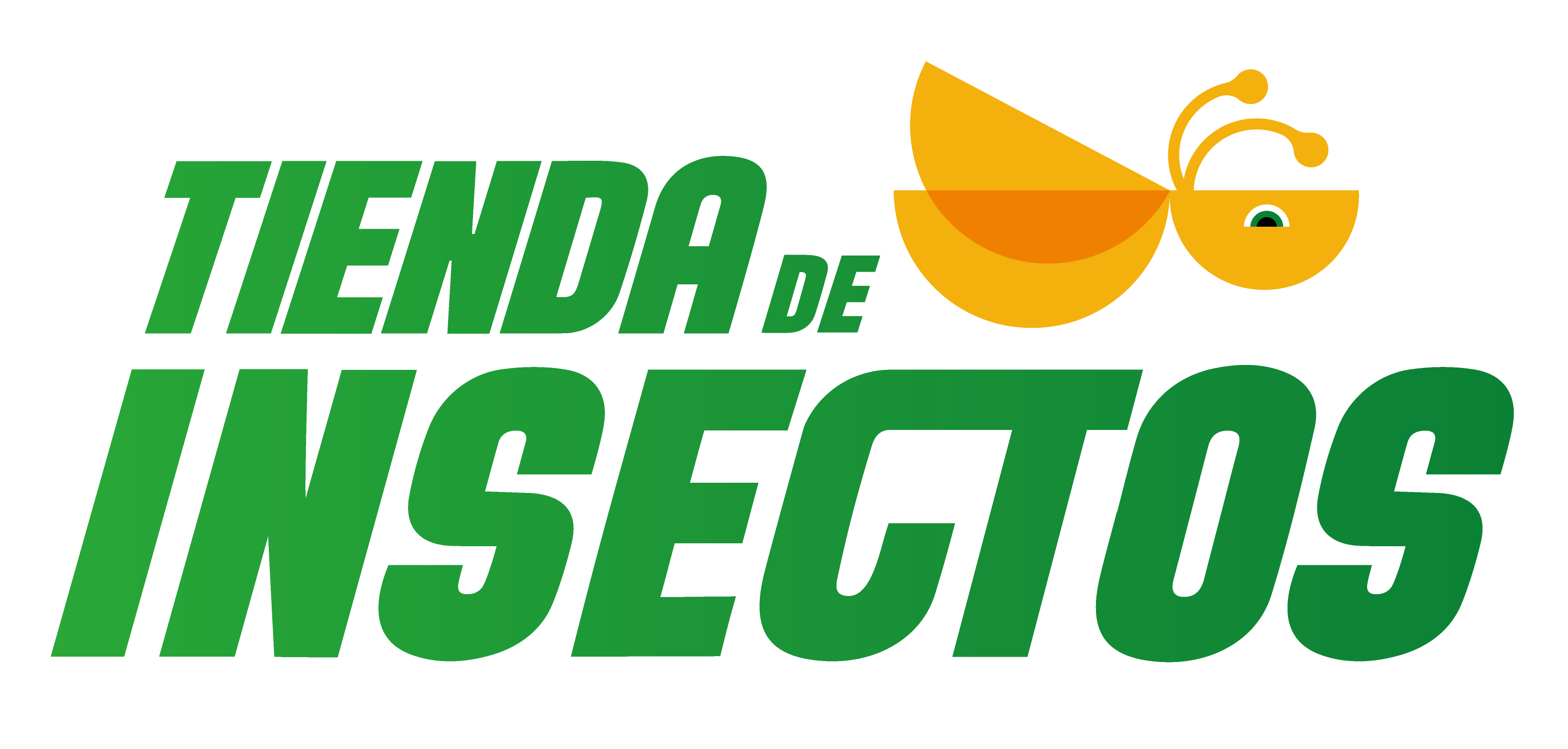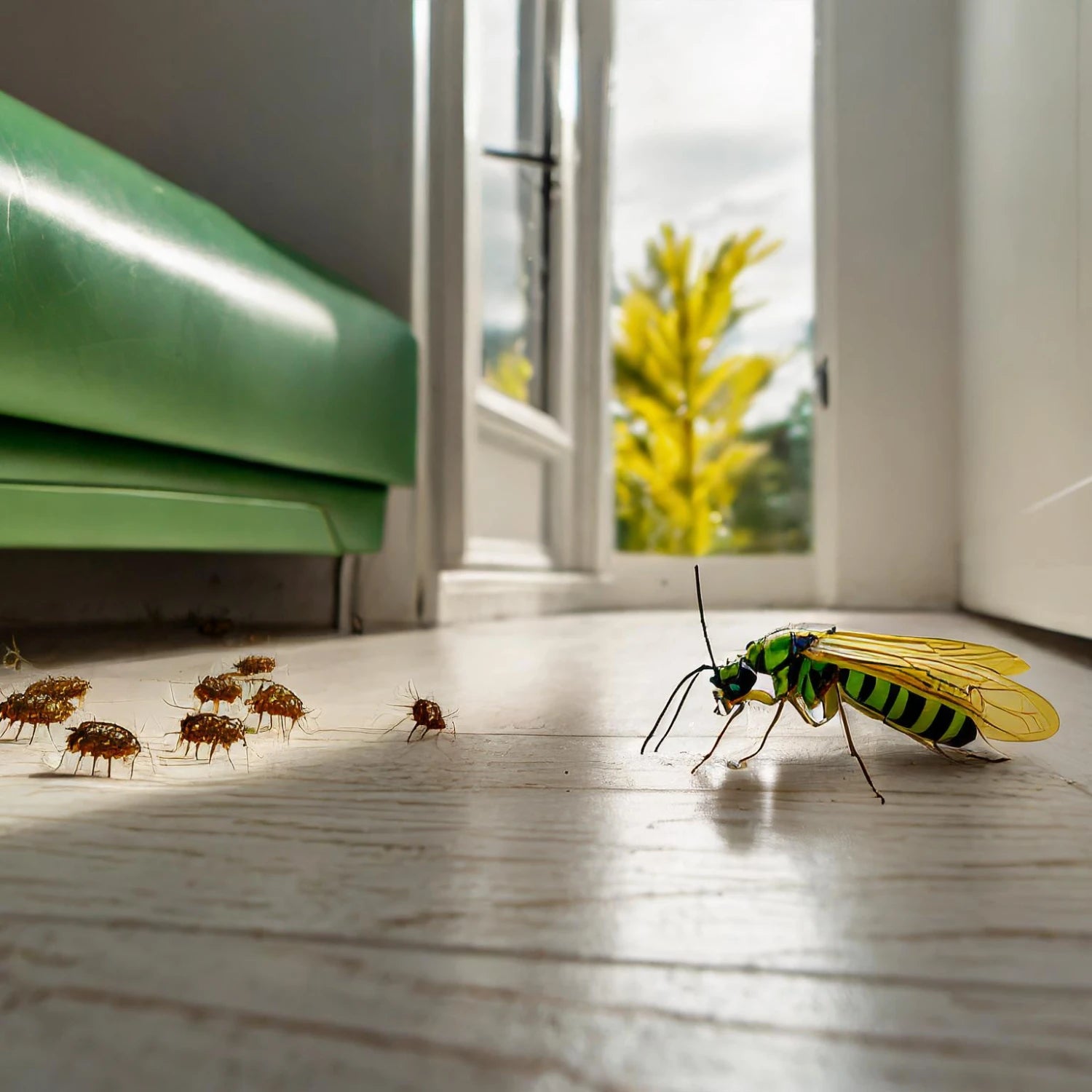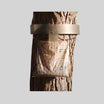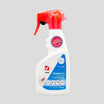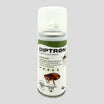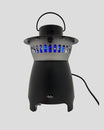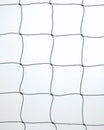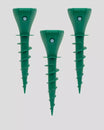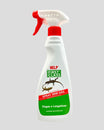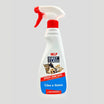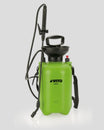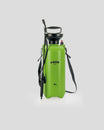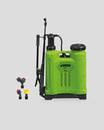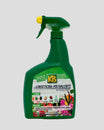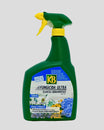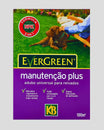Like rodents, pigeons are one of the few classes of vertebrate animals that can be considered urban pests.
The common pigeon is a synanthropic species: over time, this species began to settle in urban environments, benefiting from the conditions created by human activity in the urbanization process. In other words, pigeons take advantage of the urban context to find shelter and access food and water.
Because they are flying animals, pigeons do not encounter predators in cities, allowing them to reproduce quickly, without much control, generating an ever-increasing population.
What do pigeons eat?
Pigeons prefer seeds, grains and insects, but will eat any food waste they find. Since they have no teeth, birds have a structure connected to their stomach called a gizzard, which allows them to grind the food they eat. And that's not all. Pigeons also eat sand and small stones that allow them to grind and soften their food even better.
Where do pigeons live?
Pigeons live in cities and urban environments and have routine habits: they feed and nest in the same places every day and prefer spaces where they can find food. In rural areas, we find pigeons in places such as stables, chicken coops, barns, etc.
What do pigeon nests look like?
Pigeons use dry tree branches or twigs to build their nests. Pigeons prefer flat places like tree branches where they can shelter from the rain and cold.
Where to look for pigeon nests?
Pigeons usually choose trees for their nests. However, the possibility of shelter and proximity to food means that pigeons are increasingly nesting in tall buildings and flat roofs. Their favourite nesting sites are balconies, windowsills, chimneys and gutters. Check any gaps wider than 25 mm, including loose roof tiles.
How long does a pigeon live?
In an urban environment, the lifespan of a pigeon is around 5 to 6 years. In a rural context, pigeons can live longer as they have less contact with diseases and the population imbalance is not as great.
What risks arise from a pigeon plague?
The exaggerated increase in pigeon reproduction poses some risks to the environment, heritage and health.
The acidity present in pigeon droppings contributes to the dirtiness of public and private spaces, such as homes, patios and balconies. But it is not only dirt that is a problem. Over time, this acidity tends to corrode these spaces, causing irreparable damage to property and triggering the degradation of monuments.
In addition to this damage, pigeons can transmit several diseases to other animals and humans. This urban pest is not only an environmental problem, but also a risk to public health. Some diseases caused by contact with pigeons are:
1. Tuberculosis
Tuberculosis comes from the inhalation of a bacteria that can be present in dust from dried pigeon droppings.
2. Cryptococcosis
Cryptococcosis is an infection caused by the inhalation of a fungus present in contaminated fecal dust that affects the central nervous system and causes arthritis, pneumonia and meningitis.
3. Psittacosis
This infection is transmitted by inhalation of an agent and causes pneumonia or, through direct contact, inflammation of the eyes and sometimes blindness.
4. Salmonellosis
Salmonellosis is transmitted through the ingestion of the bacteria Salmonella typhimurum, which can be present in pigeon feces and contaminate water or food, causing gastroenteritis and other gastric problems.
Finally, some parasites that infect pigeons, such as lice and mites, can cause asthmatic bronchitis and allergic reactions in children, the elderly and other people sensitive to allergies and dermatitis.
The consequences of pigeon overpopulation have led some cities to take measures to control this pest. If you live in an area affected by this infestation, find out how you can deal with the problem here.
